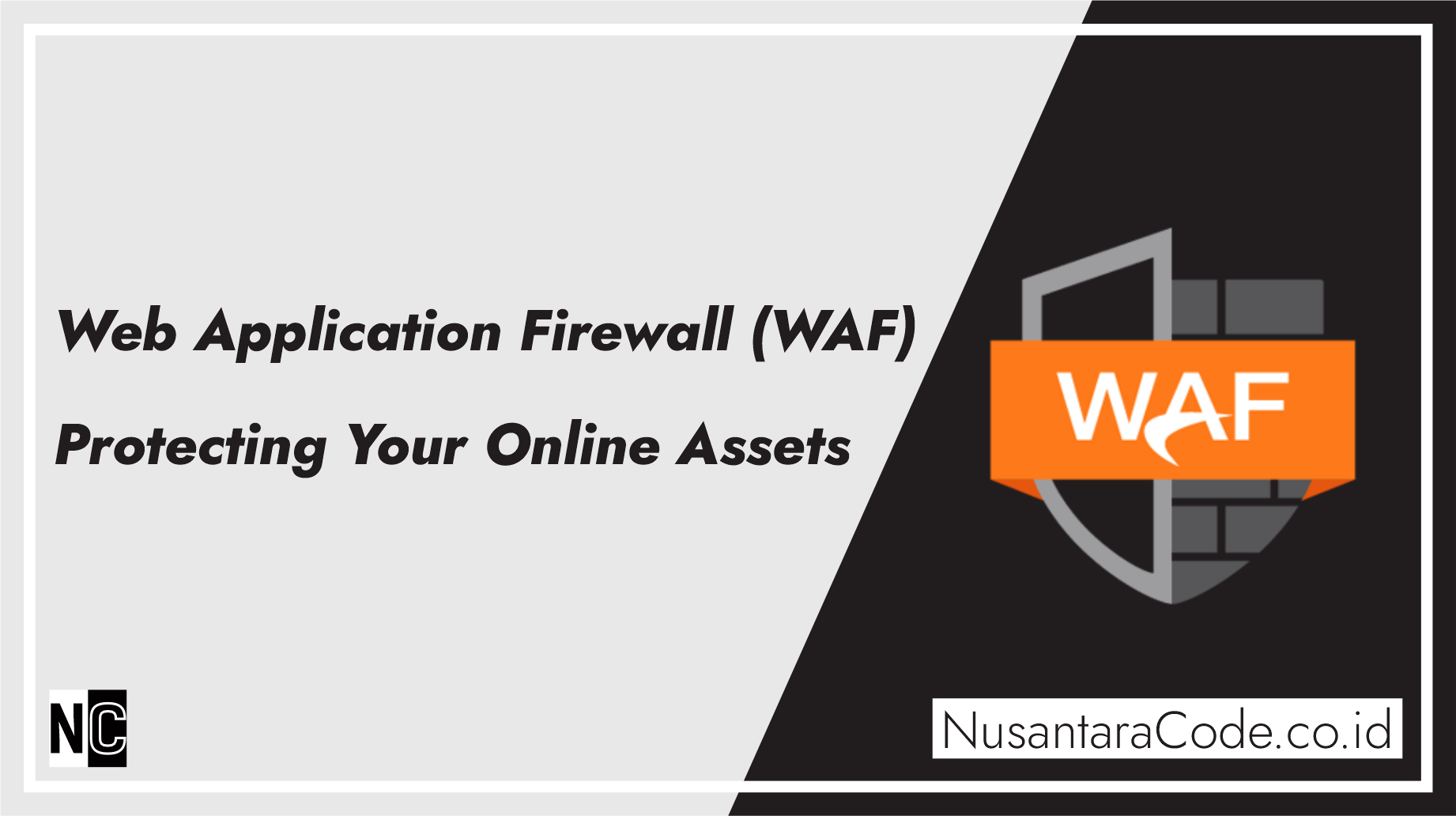In an era where the internet has become an integral part of our lives, the security of web applications is of paramount importance. A Web Application Firewall (WAF) stands as a robust defense mechanism against a wide array of online threats. This article provides a comprehensive overview of WAF, its significance, how it works, and its role in safeguarding web applications.
Understanding Web Application Firewall (WAF)
A Web Application Firewall (WAF) is a security solution designed to protect web applications from various online threats and vulnerabilities. These threats encompass a range of attacks, including SQL injection, cross-site scripting (XSS), cross-site request forgery (CSRF), and more. A WAF operates as an intermediary between users and web applications, examining each incoming request and response to filter out malicious traffic.
The Significance of WAF
- Protection from Common Attacks: WAFs are designed to thwart common web application attacks. They analyze and filter incoming traffic to detect and block malicious payloads and patterns, preventing attacks that can exploit vulnerabilities in your application.
- Mitigation of Zero-Day Exploits: Even when a vulnerability is not yet known or patched, WAFs can identify and block anomalous behaviors that could indicate a new, unknown threat.
- DDoS Attack Prevention: Many WAFs have DDoS (Distributed Denial of Service) protection features. They can identify and mitigate large-scale traffic floods, ensuring your application remains available during an attack.
- Reduced Attack Surface: By filtering out malicious requests and traffic, a WAF reduces the attack surface of your web application, making it harder for attackers to find and exploit vulnerabilities.
- Regulatory Compliance: WAFs often help in achieving regulatory compliance by safeguarding sensitive data and ensuring the security of web applications.
How a WAF Works
A WAF functions by inspecting incoming HTTP requests and responses. It uses a set of predefined rules and heuristics to identify suspicious or malicious behavior. These rules can be customized to suit the specific needs of your web application. When a threat is detected, the WAF can take various actions, such as blocking the request, redirecting it, or logging the incident for further analysis.
Choosing the Right WAF
Selecting the appropriate WAF for your web application is crucial. Consider factors like ease of integration, the ability to create custom rules, performance, and scalability. Cloud-based WAF services offer simplicity and scalability, while on-premises solutions provide more control.
In the digital age, securing web applications is paramount. Web Application Firewalls (WAFs) serve as a robust line of defense against a wide array of threats, providing protection from common attacks, mitigation of zero-day exploits, and ensuring regulatory compliance. By understanding the significance of WAFs and how they work, you can make informed decisions to safeguard your online assets and user data. As online threats continue to evolve, a well-implemented WAF can be your first line of defense in the ever-expanding realm of web security.
